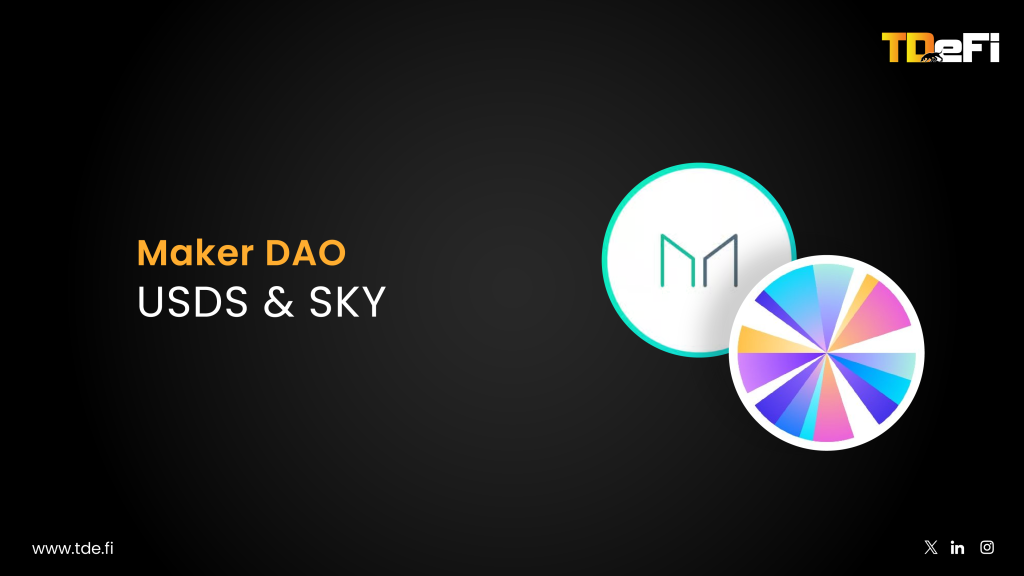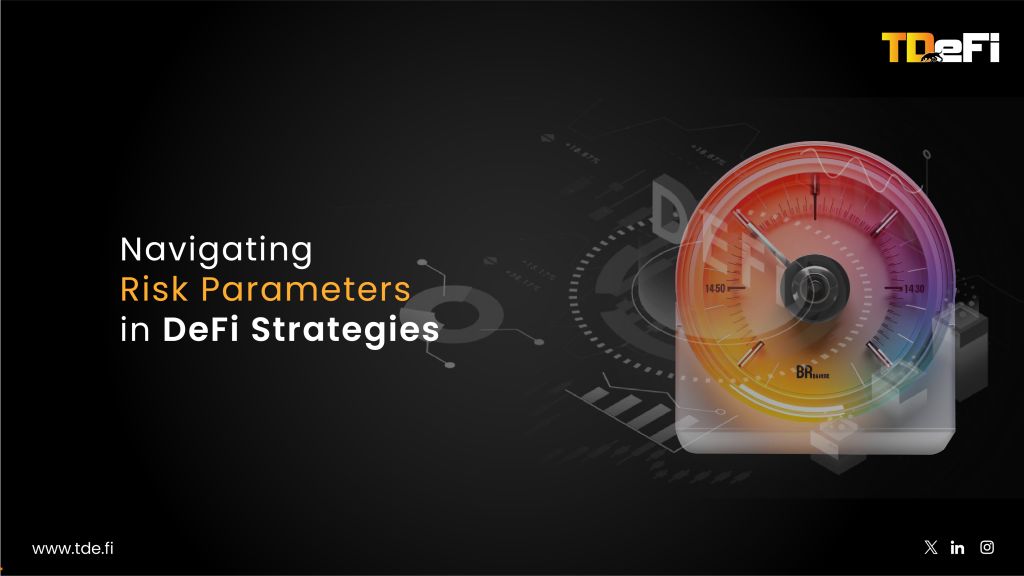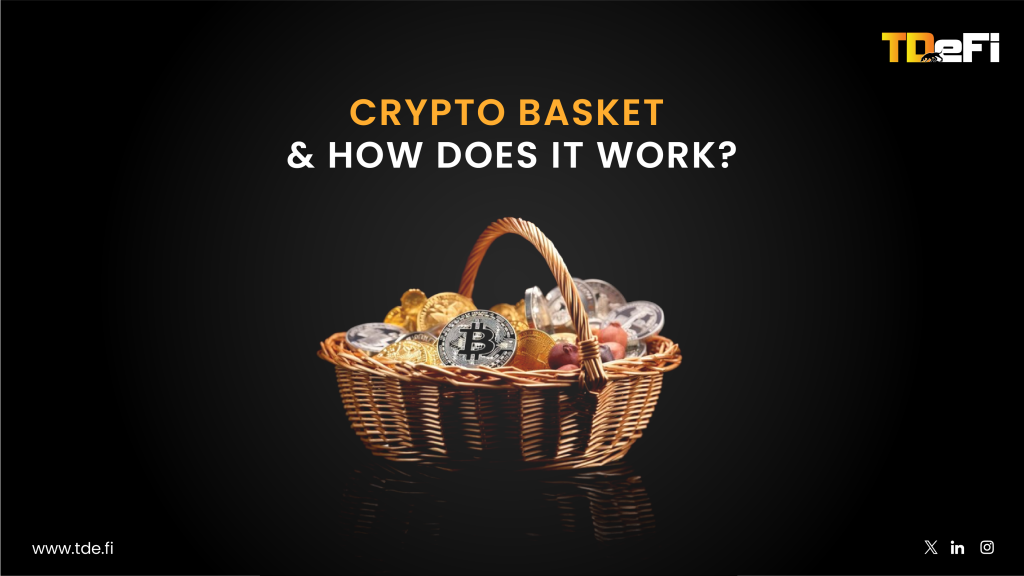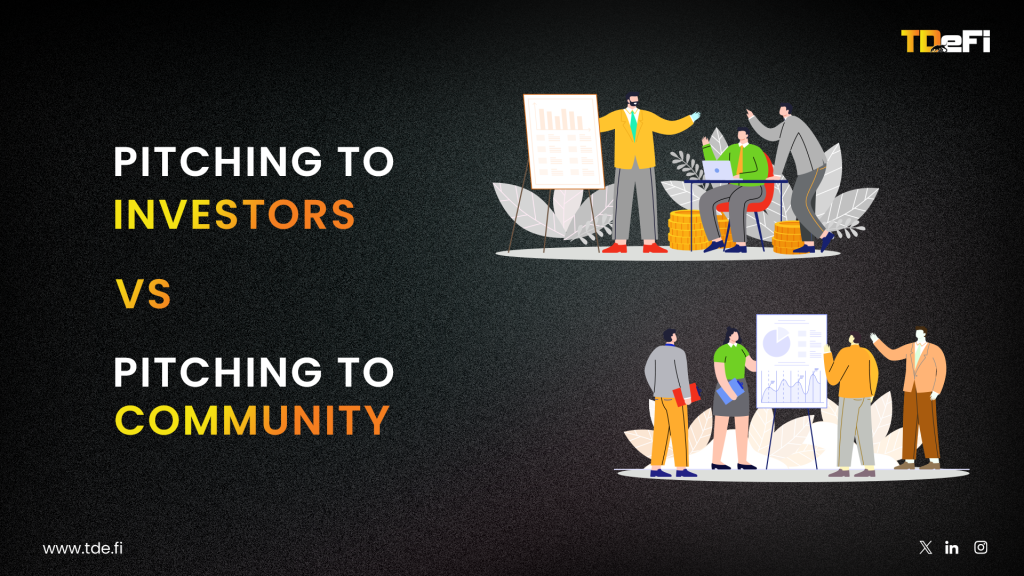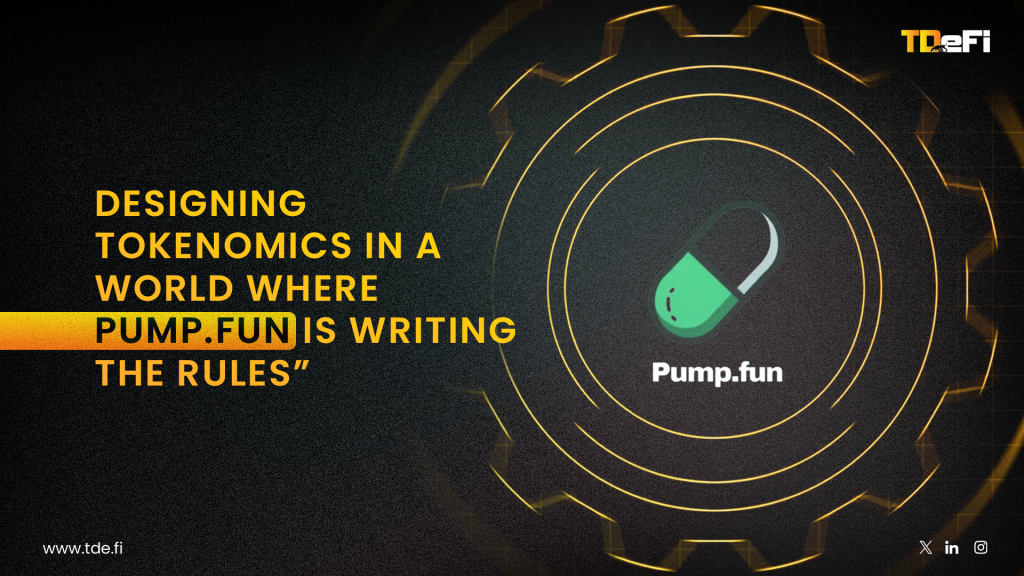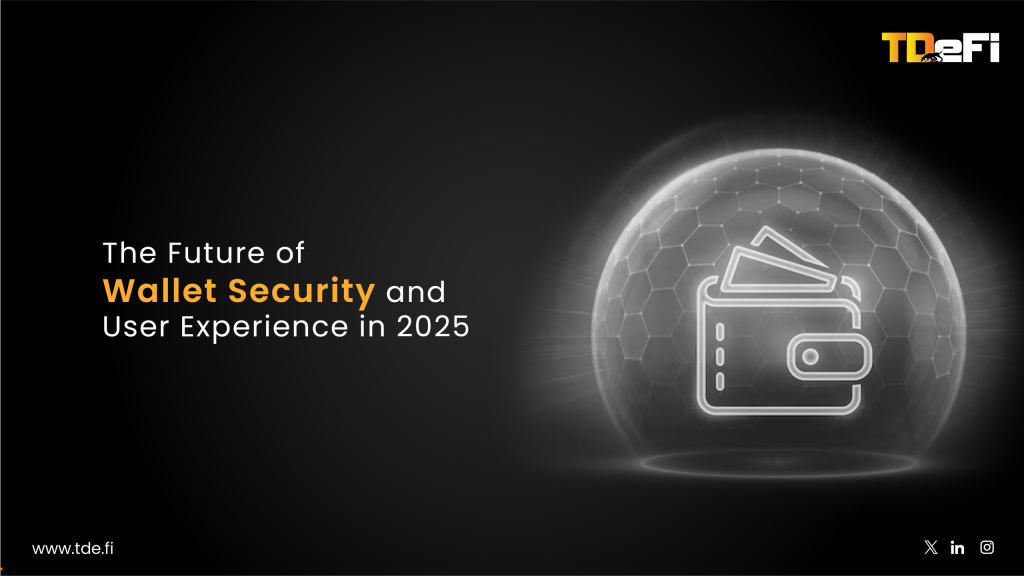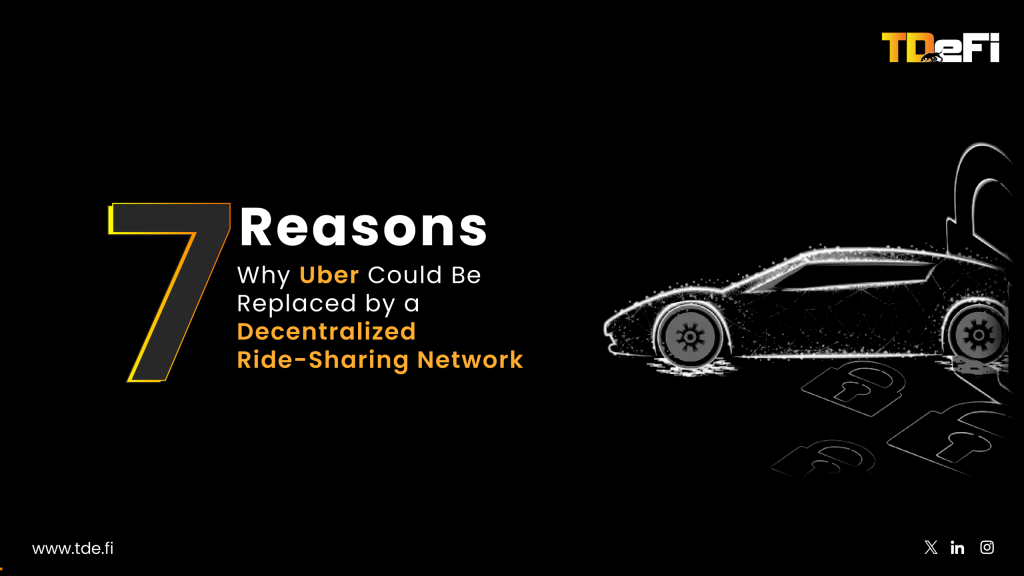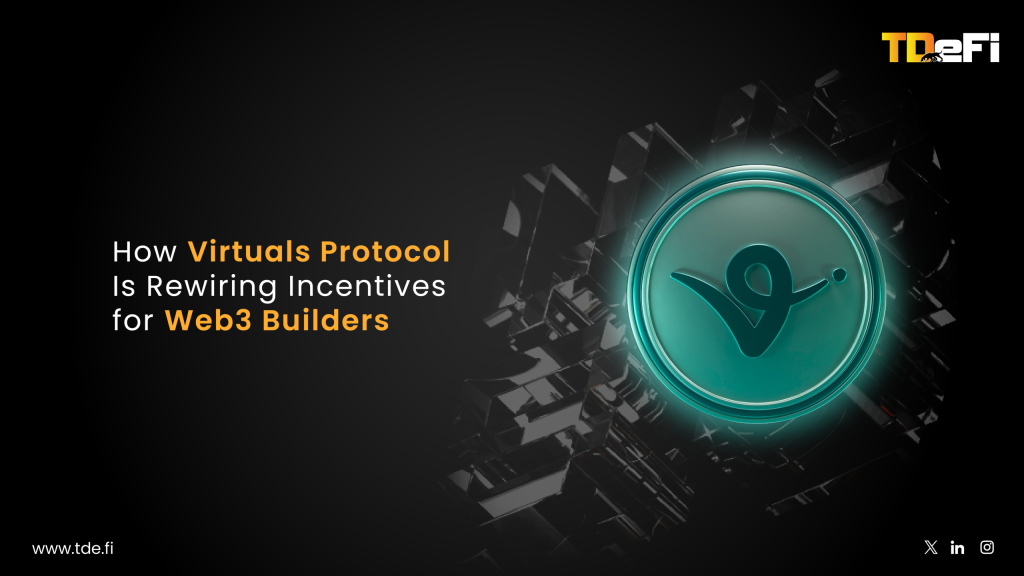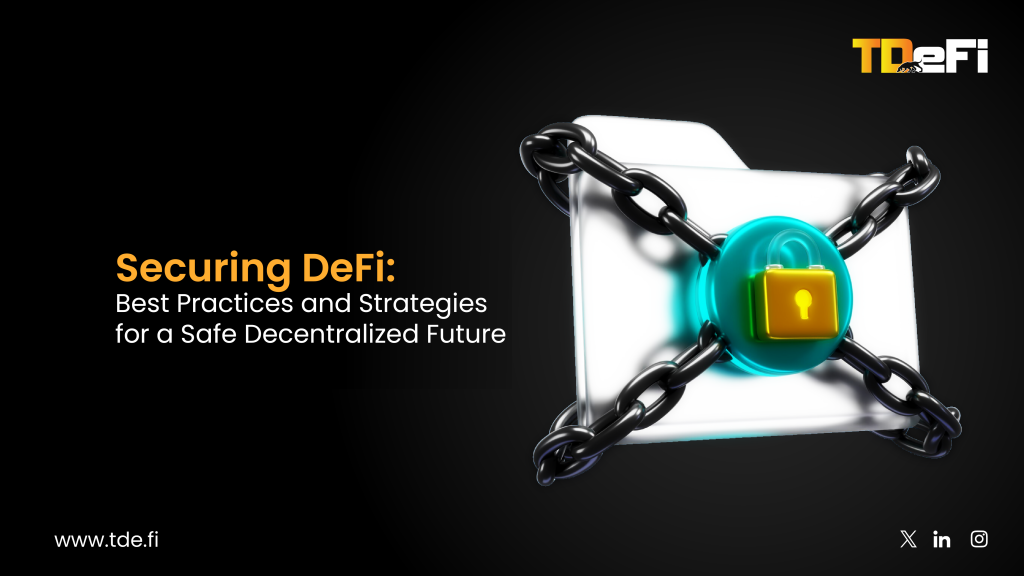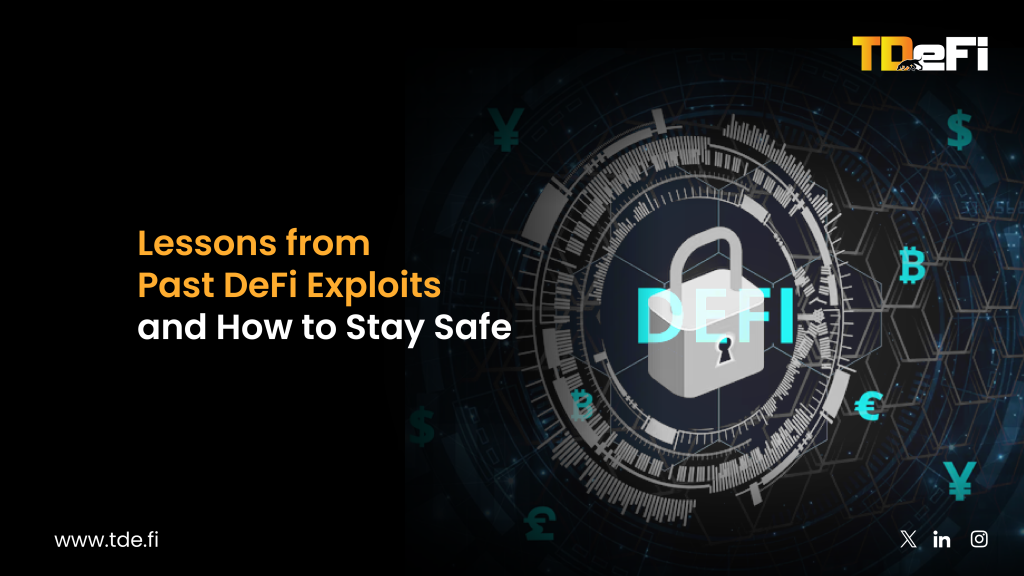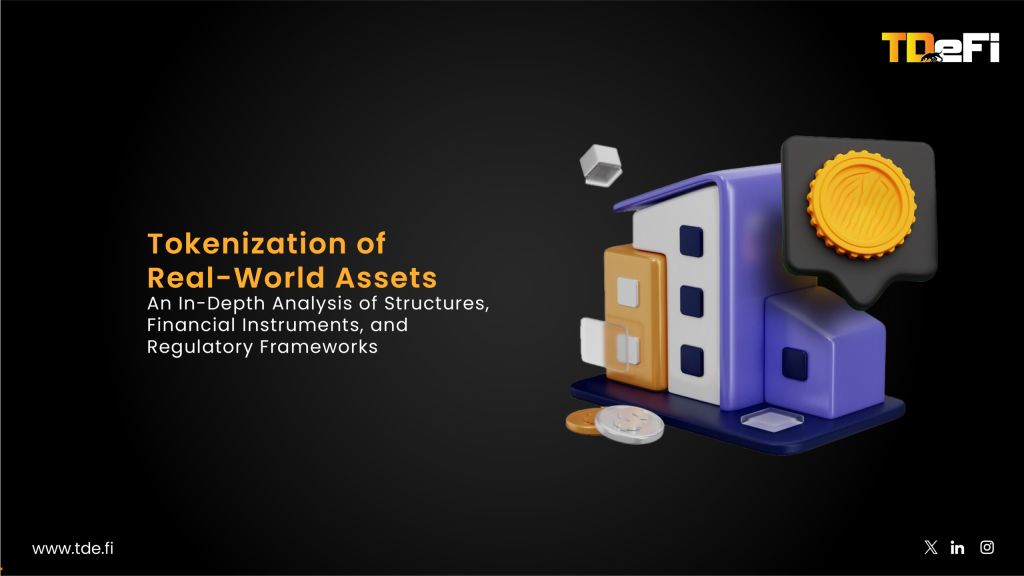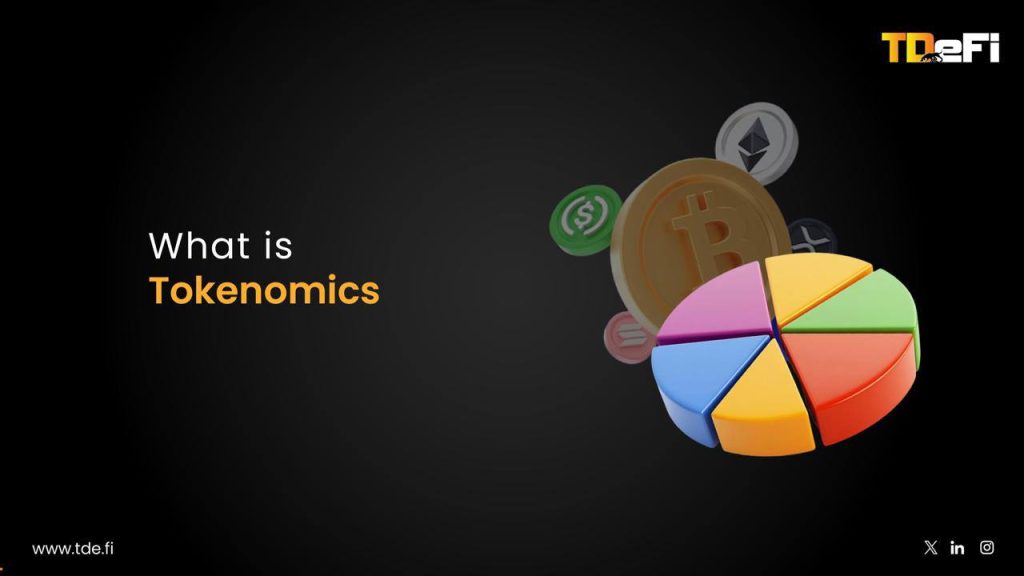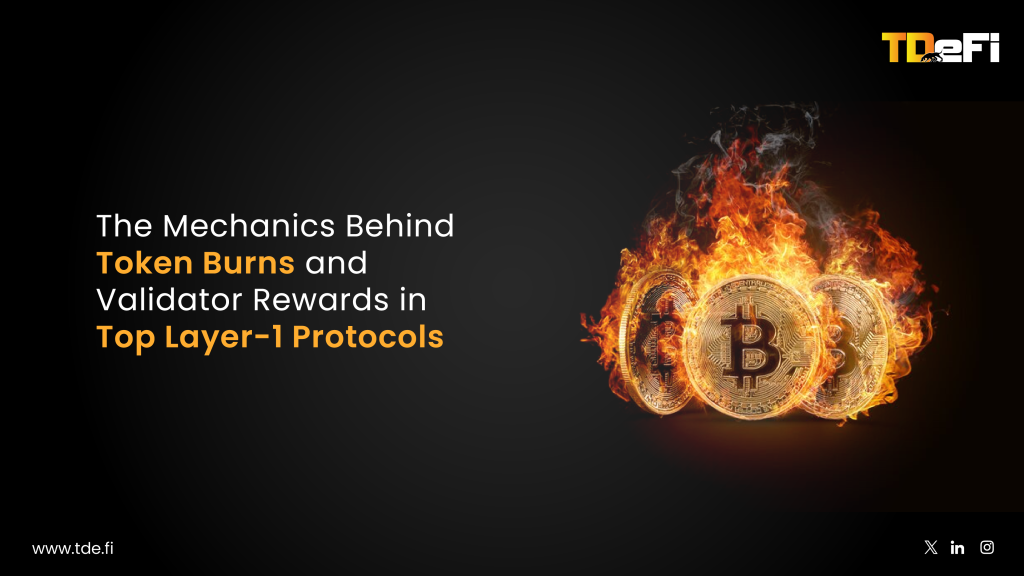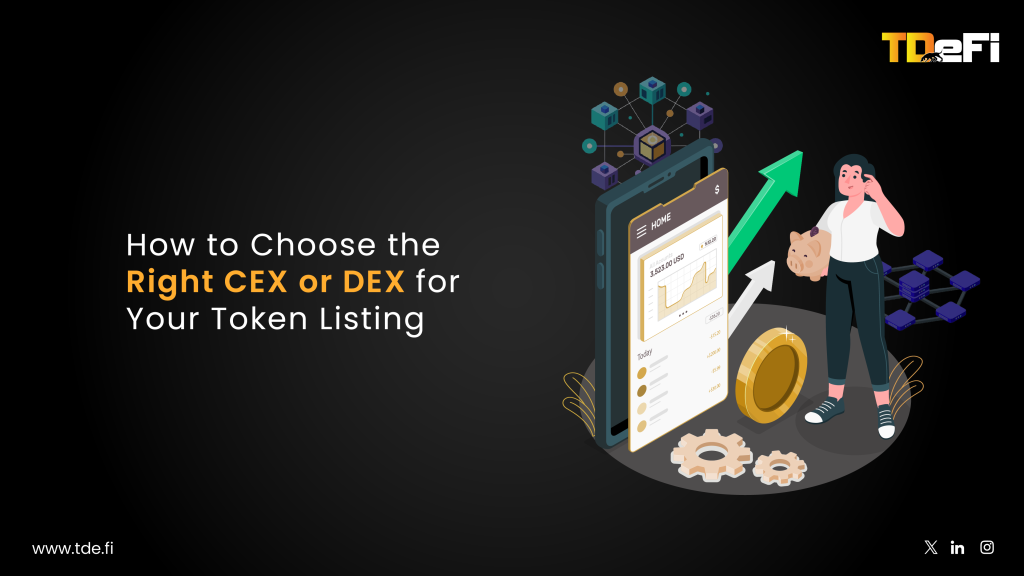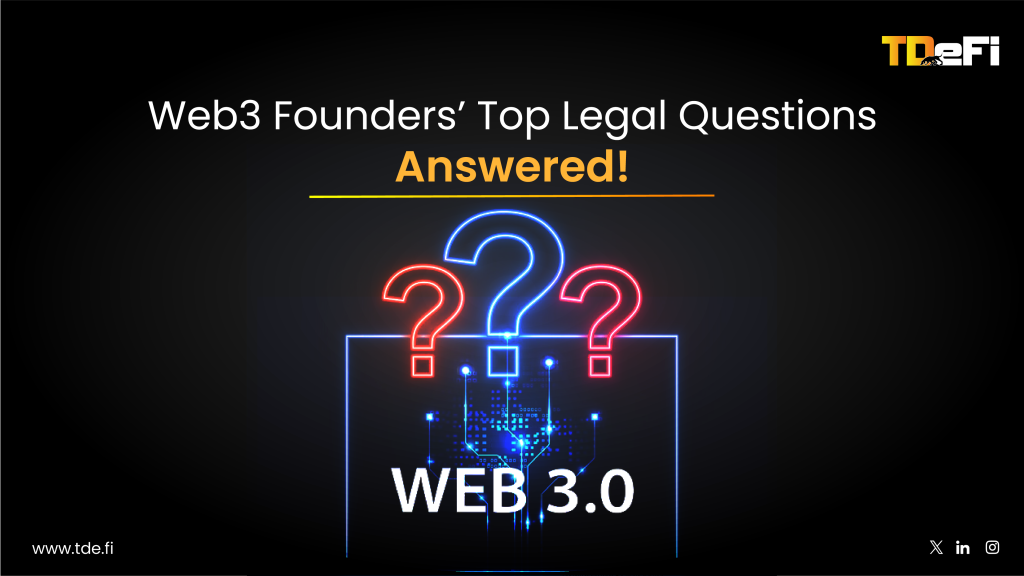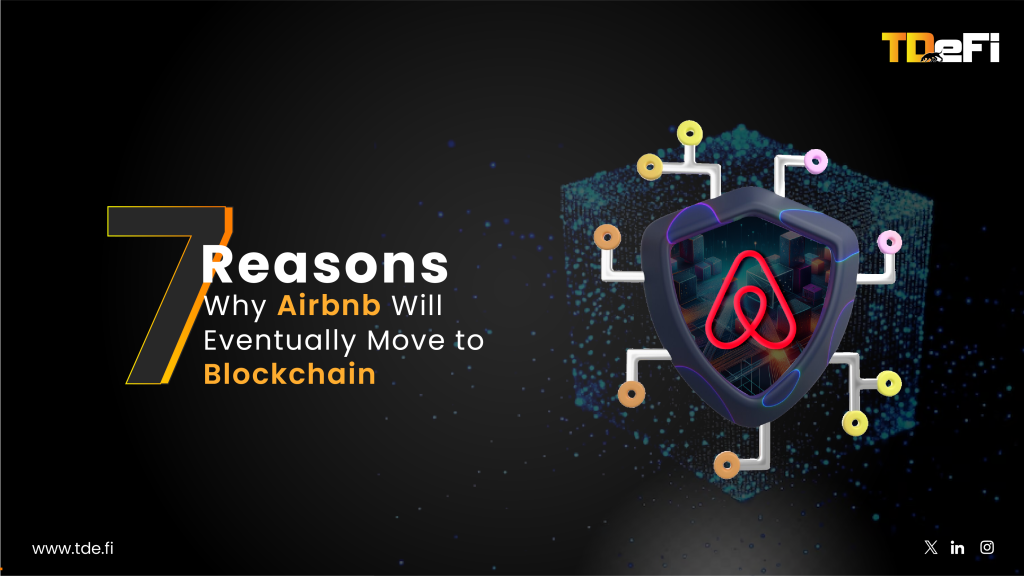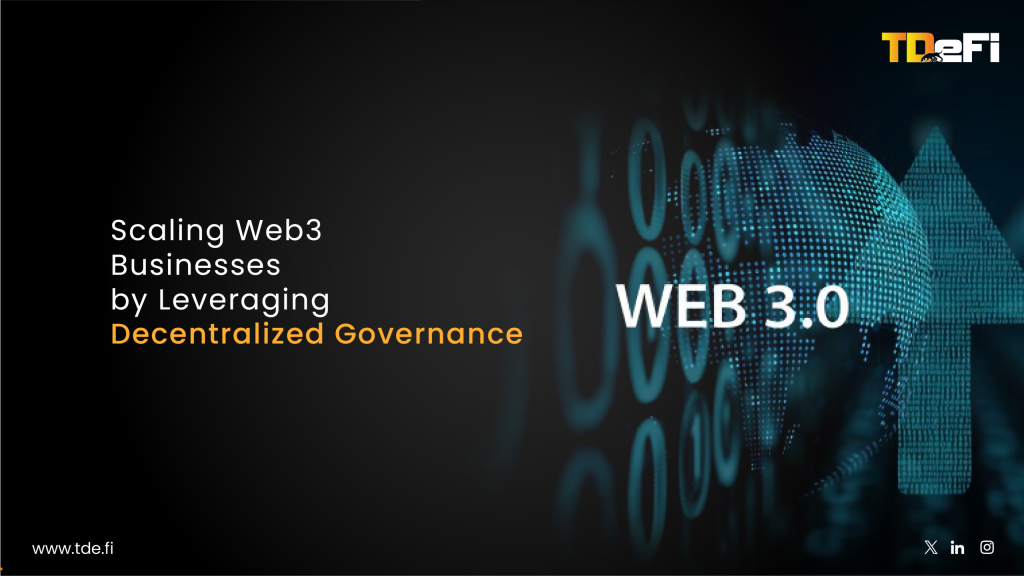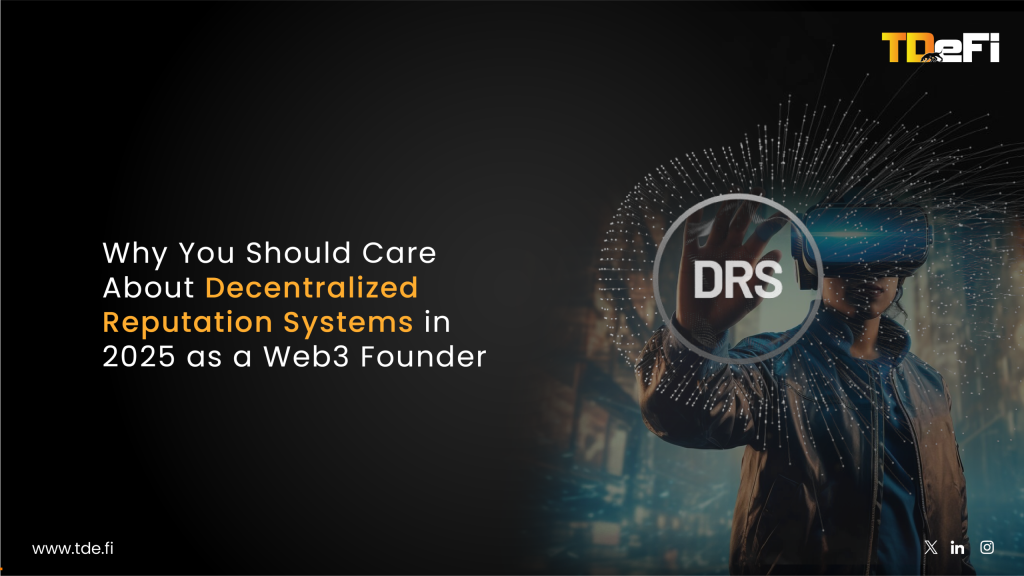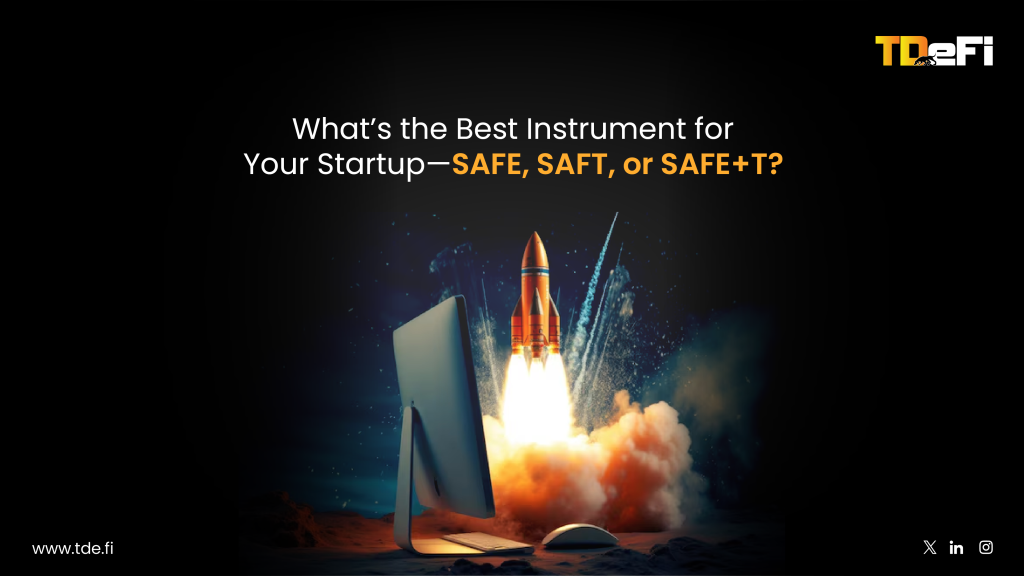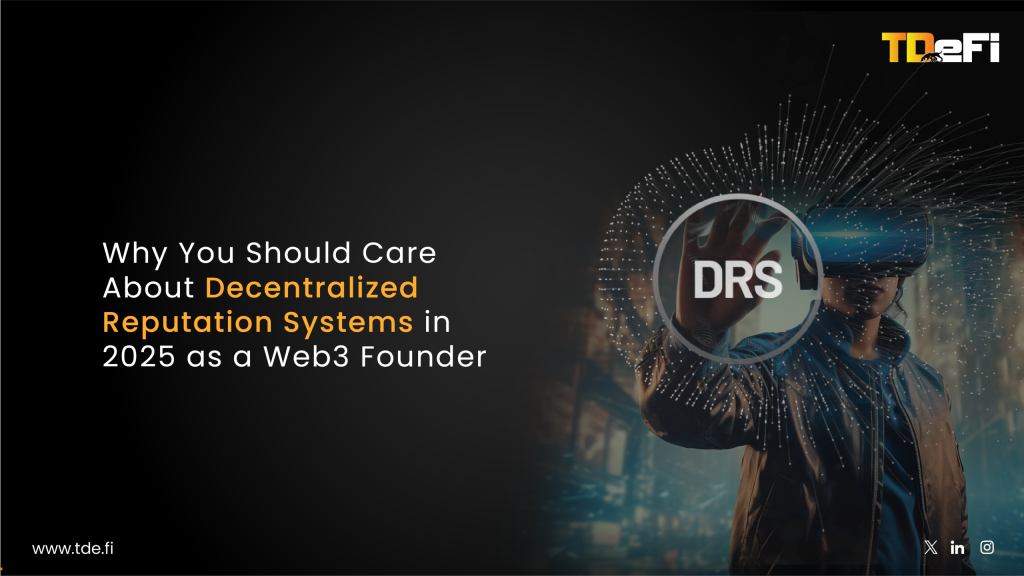Imagine having the keys to all your bank accounts—but instead of banks, you control your crypto assets across different blockchains. That’s exactly what multichain self-custody is about. In today’s diverse crypto world, where platforms like Ethereum, Solana, and Aptos each offer unique advantages, taking charge of your own private keys is becoming more than just a trend—it’s a necessity. Let’s explore what multichain self-custody means, why it matters, and how it can empower you to protect and grow your digital wealth.
What Is Multichain Self-Custody?
At its core, multichain self-custody means managing your crypto assets across multiple blockchains yourself. Instead of leaving your funds on exchanges like Coinbase or Binance, you control the private keys—those ultra-secure passwords—that grant access to your crypto. With tools like MetaMask, Ledger, and Phantom, you can interact with various blockchain networks. Whether you’re swapping tokens on Ethereum, trading NFTs on Solana, or exploring emerging ecosystems like Aptos and Sui (built on new programming languages like Move), a multichain wallet lets you do it all from a single interface.
Why Self-Custody Beats Third-Party Services
The collapse of centralized platforms such as FTX and BlockFi has shown us that relying on third-party custodians carries significant risks. Here’s how self-custody stands apart:
| Aspect | Self-Custody | Third-Party Custody |
| Control of Private Keys | You retain full control of your private keys, meaning you alone have access to your crypto assets. | Private keys are managed by a custodian (e.g., an exchange or financial institution), so you rely on their security practices and management. |
| Security | Eliminates counterparty risk and potential centralized failures. However, if you lose your keys, your assets are irretrievable (with estimates of 3–4 million BTC lost). | Exposes you to risks like platform hacks, insolvency, regulatory seizures, and mismanagement; though some custodians offer additional security measures and insurance. |
| Autonomy | Offers complete financial sovereignty and independence from any third party; you decide how to manage and secure your assets. | You are subject to the custodian’s policies, fees, and possible restrictions, which may limit your control over your assets. |
| Transparency | Full transparency in asset management as you directly control your private keys and decision-making process. | Management practices can be opaque, and you may have limited insight into how your assets are handled or secured by the custodian. |
| Risk of Loss | High personal responsibility: losing or misplacing your keys results in permanent loss of assets. | Lower risk on a personal level regarding key management; however, you are exposed to external risks like exchange failures or hacks that could impact your assets. |
| Ease-of-Use | Requires a certain level of technical knowledge and diligence to manage and secure your keys effectively. | Typically more user-friendly with additional support and features (e.g., trading, staking, insurance), making it appealing for non-technical users des |
While managing your own keys requires vigilance—lose them, and you lose access forever—it also eliminates the counterparty risks that come with centralized storage. This trade-off has become especially important as billions have vanished from centralized mishaps.
How Multichain Wallets Simplify Your Life
Modern multichain wallets are designed to take the complexity out of managing assets across different networks. With tools like MetaMask, Phantom, and Trust Wallet, you can:
- Swap Tokens Easily: Exchange assets across chains without needing multiple wallets.
- Secure Your NFTs: Store and manage digital collectibles in a unified space.
- Interact with DApps: Access decentralized apps on any supported blockchain directly from your wallet.
For instance, some wallets now integrate with messaging platforms, enabling you to trade crypto as easily as you send a message. This blend of convenience and control makes managing your crypto portfolio a breeze.
Potential Risks
Taking full control over your crypto comes with responsibilities—and risks. It’s important to understand these pitfalls to safeguard your assets:
- Lost Keys, Lost Funds: Without a central authority, misplacing your private keys means you lose access permanently.
- Bridge Vulnerabilities: When moving assets between blockchains, you expose yourself to risks such as bridge hacks. For instance, the Ronin Bridge hack led to a loss of over $600 million, underscoring the dangers of cross-chain transfers.
- User Error: Managing multiple wallets across various chains increases the likelihood of errors—sending funds to the wrong address or selecting the wrong network can result in irreversible losses.
- Complexity for Beginners: While self-custody offers full control, it requires a learning curve. New users may find the process of securing and managing private keys intimidating without proper education.
To mitigate these risks, it’s advisable to use hardware wallets (like Ledger or Trezor) for extra security, maintain multiple offline backups of your keys, and always double-check transaction details before confirming any transfers.
Closing Thoughts
Multichain self-custody is not just a technical innovation—it’s a paradigm shift in how we control and manage our digital assets. By retaining control over your private keys and leveraging multichain wallets, you can enjoy the benefits of diverse blockchain ecosystems while minimizing the risks associated with third-party custody.
The future of multichain self-custody promises to completely transform how we manage digital assets. With advancements like unified interfaces—such as ERC-4337—enabling seamless management of multiple wallets within a single app, and chain abstraction that will make moving assets across blockchains as effortless as swiping a credit card abroad, the complexity of self-custody is being streamlined. These innovations are set to make self-custody not only safer and more efficient but also far more accessible to users, regardless of their technical expertise.
Remember the timeless adage: “Not your keys, not your crypto.” Whether you’re a DeFi enthusiast, NFT collector, or an investor seeking diversification, embracing multichain self-custody empowers you to own your digital future with confidence and clarity.




